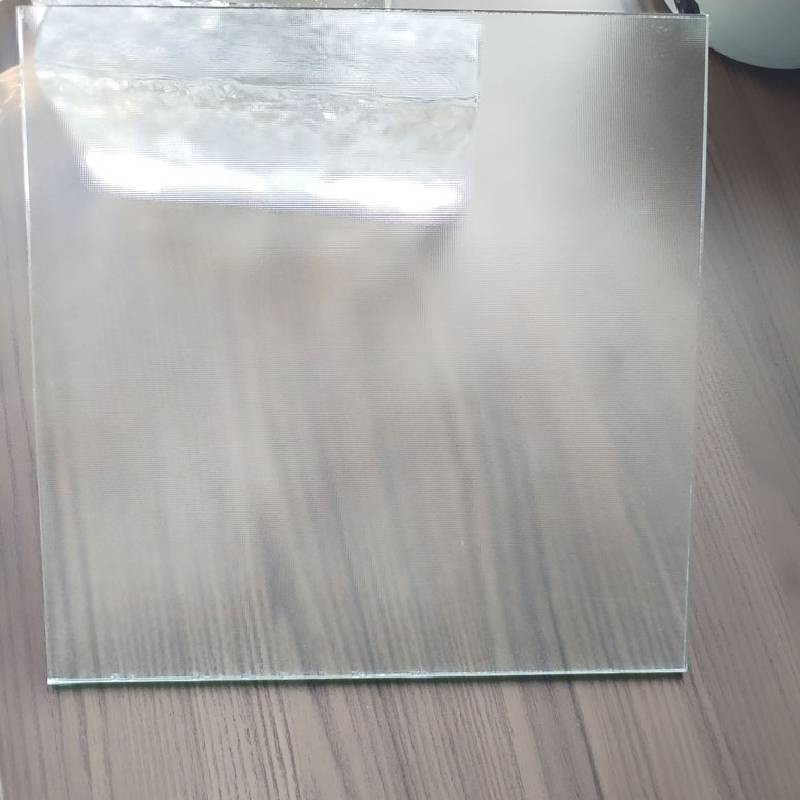The Benefits and Applications of Tempered Glass
Tempered glass, also known as toughened glass, is a type of safety glass that has been treated to withstand greater stress and impact compared to standard glass. This unique material is created through a process of extreme heating and rapid cooling, which increases its strength and thermal resistance. As a result, tempered glass has become an essential component in a variety of applications across multiple industries.
The Benefits and Applications of Tempered Glass
Another significant advantage of tempered glass is its ability to withstand temperature fluctuations and thermal stress. This makes it suitable for high-temperature environments, such as facades of buildings, glass doors for fireplaces, and even oven doors. Tempered glass can endure temperature differences of up to 300 degrees Fahrenheit (about 150 degrees Celsius) without breaking, allowing for greater design versatility and application in challenging settings.
tempered glass tempered glass
In addition to safety and thermal resistance, tempered glass also offers aesthetic advantages. Its clarity and transparency make it a popular choice for modern architectural designs, enhancing the beauty and openness of spaces. Whether in residential buildings or commercial settings, the sleek appearance of tempered glass adds a touch of elegance and sophistication. Furthermore, it can be treated with various coatings that improve energy efficiency, block UV rays, or even enhance privacy without compromising natural light.
The applications of tempered glass extend beyond architecture and safety features. In the automotive industry, tempered glass is commonly used for side and rear windows due to its resilience and ability to withstand impact, further ensuring passenger safety. In electronics, tempered glass is utilized as a protective cover for smartphones and tablets, providing scratch resistance and durability while maintaining high visibility.
Moreover, the manufacturing of tempered glass has a positive impact on environmental sustainability. The energy-efficient properties of tempered glass help reduce heating and cooling costs. Additionally, because it is fully recyclable, it contributes to a circular economy, minimizing waste and promoting ecological balance.
In conclusion, tempered glass is a remarkable material that marries safety, durability, and aesthetics. Its applications are diverse, ranging from everyday items to critical safety features in buildings and vehicles. As technology and design continue to evolve, tempered glass remains at the forefront, offering innovative solutions that enhance both functionality and style in our daily lives. As we embrace the benefits of tempered glass, we pave the way for a safer and more beautiful future.
 Afrikaans
Afrikaans  Albanian
Albanian  Amharic
Amharic  Arabic
Arabic  Armenian
Armenian  Azerbaijani
Azerbaijani  Basque
Basque  Belarusian
Belarusian  Bengali
Bengali  Bosnian
Bosnian  Bulgarian
Bulgarian  Catalan
Catalan  Cebuano
Cebuano  Corsican
Corsican  Croatian
Croatian  Czech
Czech  Danish
Danish  Dutch
Dutch  English
English  Esperanto
Esperanto  Estonian
Estonian  Finnish
Finnish  French
French  Frisian
Frisian  Galician
Galician  Georgian
Georgian  German
German  Greek
Greek  Gujarati
Gujarati  Haitian Creole
Haitian Creole  hausa
hausa  hawaiian
hawaiian  Hebrew
Hebrew  Hindi
Hindi  Miao
Miao  Hungarian
Hungarian  Icelandic
Icelandic  igbo
igbo  Indonesian
Indonesian  irish
irish  Italian
Italian  Japanese
Japanese  Javanese
Javanese  Kannada
Kannada  kazakh
kazakh  Khmer
Khmer  Rwandese
Rwandese  Korean
Korean  Kurdish
Kurdish  Kyrgyz
Kyrgyz  Lao
Lao  Latin
Latin  Latvian
Latvian  Lithuanian
Lithuanian  Luxembourgish
Luxembourgish  Macedonian
Macedonian  Malgashi
Malgashi  Malay
Malay  Malayalam
Malayalam  Maltese
Maltese  Maori
Maori  Marathi
Marathi  Mongolian
Mongolian  Myanmar
Myanmar  Nepali
Nepali  Norwegian
Norwegian  Norwegian
Norwegian  Occitan
Occitan  Pashto
Pashto  Persian
Persian  Polish
Polish  Portuguese
Portuguese  Punjabi
Punjabi  Romanian
Romanian  Russian
Russian  Samoan
Samoan  Scottish Gaelic
Scottish Gaelic  Serbian
Serbian  Sesotho
Sesotho  Shona
Shona  Sindhi
Sindhi  Sinhala
Sinhala  Slovak
Slovak  Slovenian
Slovenian  Somali
Somali  Spanish
Spanish  Sundanese
Sundanese  Swahili
Swahili  Swedish
Swedish  Tagalog
Tagalog  Tajik
Tajik  Tamil
Tamil  Tatar
Tatar  Telugu
Telugu  Thai
Thai  Turkish
Turkish  Turkmen
Turkmen  Ukrainian
Ukrainian  Urdu
Urdu  Uighur
Uighur  Uzbek
Uzbek  Vietnamese
Vietnamese  Welsh
Welsh  Bantu
Bantu  Yiddish
Yiddish  Yoruba
Yoruba  Zulu
Zulu 

